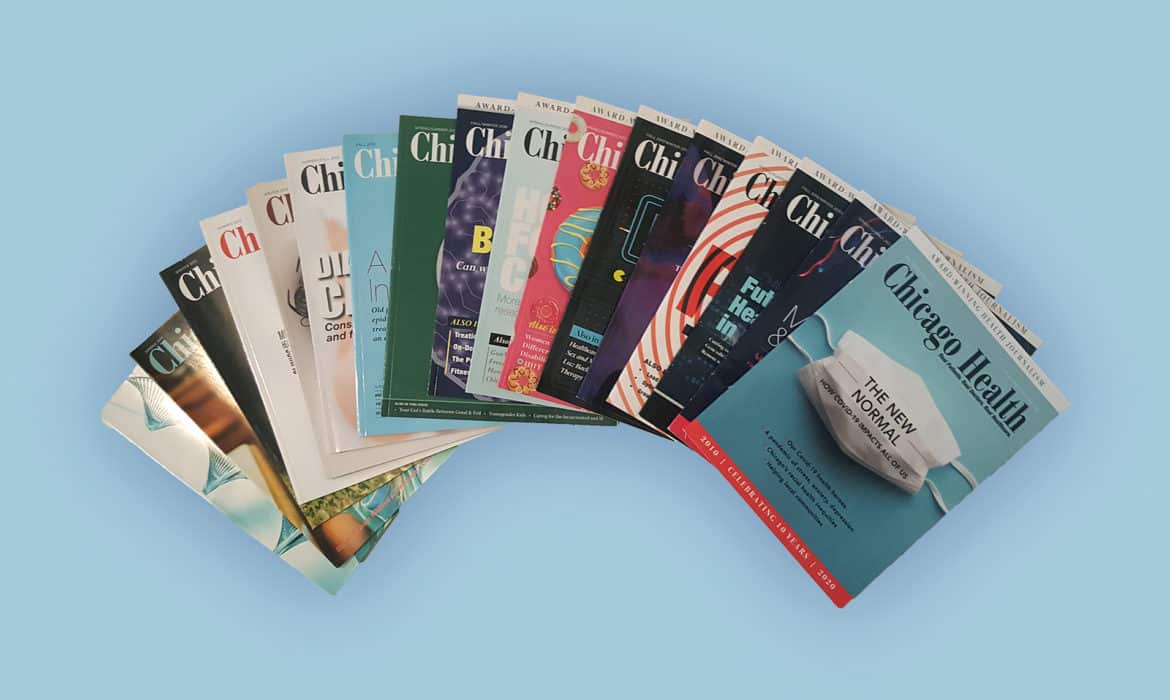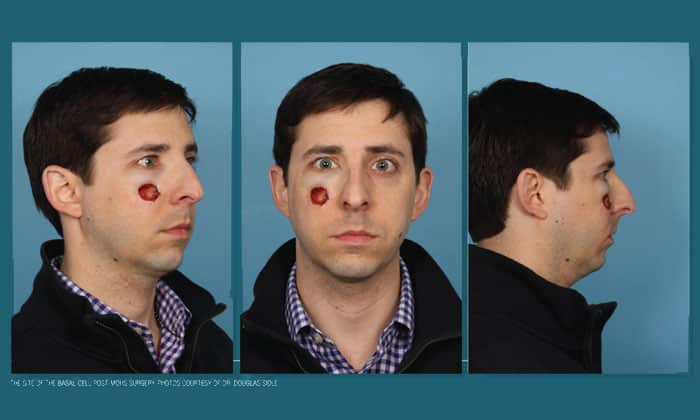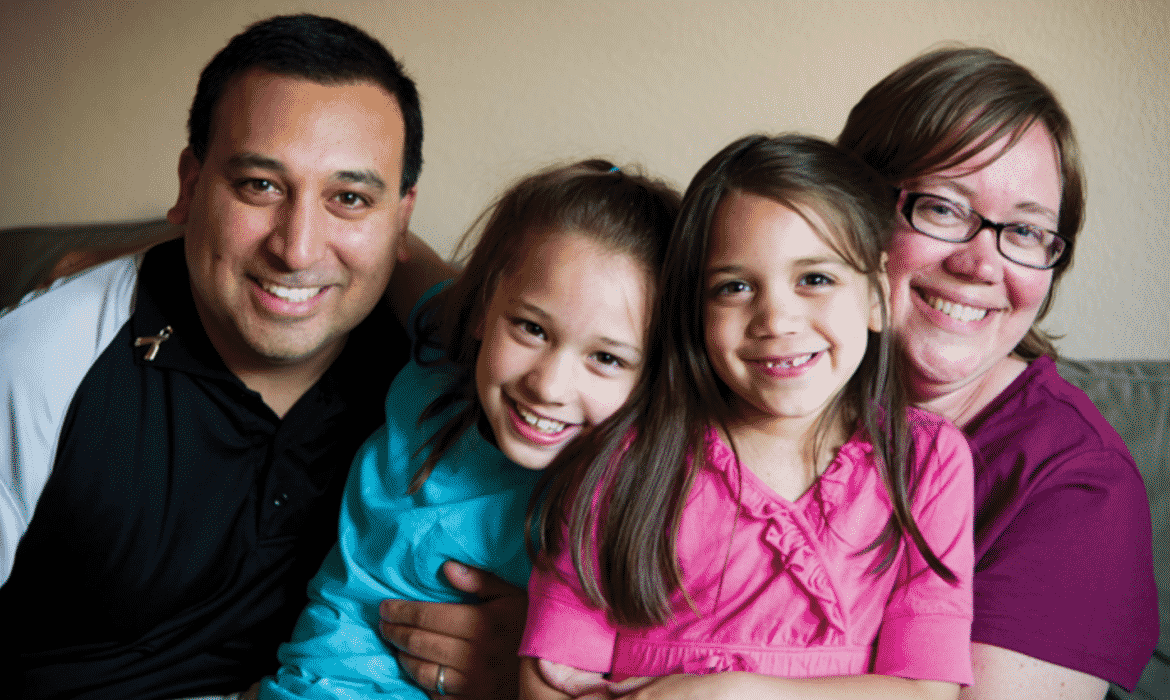Chicago Health turned 10 this year, and while other major events took a priority over our planned celebration, we’re proud to have reached this milestone. Here’s a look back at some of our favorite stories through the years. And here’s to a new decade of bringing you important, in-depth health stories that engage and inform.
2020

By Katie Scarlett Brandt
Remember when we thought Covid-19 would be “the great equalizer” — a virus attacking everyone indiscriminately? That’s not how it has played out. Black people accounted for 70 of Chicago’s first 100 recorded Covid-19 deaths, despite making up only 30% of the city’s population. That raises the question: Whose job is it ultimately to fix these disparities? As government has evaporated from public spaces in recent decades, private businesses, nonprofit organizations, and community groups have had to fill in the gaps. Are they enough?
2019

By Katie Scarlett Brandt
With lead lurking in paint, soil, and water, many Chicagoans are at high risk of exposure. Lead, which is a heavy metal and neurotoxin, can permanently damage children’s developing brains and contribute to heart disease and kidney failure as people age. Katie Scarlett Brandt spoke with doctors, researchers, politicians, school officials, and community members to find out what Chicago’s legacy lead problem means to those most affected by it.
The Illinois Woman’s Press Association awarded this as first place for feature story, 2019.
2018
By Eve Becker
Nearly 1 in 4 adult women and approximately 1 in 7 adult men experience severe physical violence from an intimate partner in their lifetime, according to the Centers for Disease Control and Prevention. And that doesn’t include emotional, economic, or sexual abuse. Women and men who experience domestic violence may not come into contact with a domestic violence agency, but many will come into contact with healthcare providers. And that’s where these practitioners — nurses, doctors, technicians — can step in to help.
The Illinois Woman’s Press Association awarded this story as first place for feature story 2018.
2017

Finding Hope in a Hopeless Place: Chicago groups provide healthcare to the homeless
By Katie Scarlett Brandt
Colorful tents line the sidewalks under the Lake Shore Drive viaducts. They’re home to a rotating cast of Chicago’s homeless who have sought refuge and also found community there. Some have been staying for months, some for days, but all face varying degrees of health issues, from diabetes and heart disease to mental illness and substance abuse. They also face day-to-day survival challenges and regularly run the risk of medical emergencies such as hypothermia, heat stroke, and traumatic brain injury.
The Illinois Woman’s Press Association awarded this story as first place for feature story 2017. It is also included in Solutions Journalism Network’s story tracker.
2016

By Kate Silver
Once considered a drug largely used by urban populations, heroin use has been rising throughout the country across most demographic groups, most age groups, and all income levels. Kate Silver follows 27-year-old Nick Gore from his desperate search for heroin on the streets of Chicago through the times when he stole pills and money, pawned his parents’ belongings, and was held up at gunpoint. Gore’s story illustrates how heroin addiction can happen to anyone including the boy next door. Kate details the spike in heroin use, its dangerous aftermath, the promise of new medications, and what health professionals are doing to help.
The American Society of Journalists and Authors awarded an earlier version of this story, titled “Be the Death of Me,” a 2016 Honorable Mention.
2015
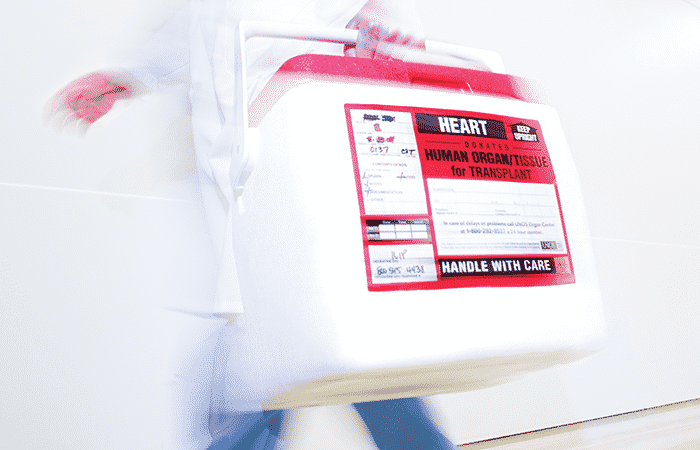
By David Himmel
Organ donations through transplant surgery have the potential to save an average of 79 lives every day — that’s how many people receive a transplant daily, according to the U.S. Department of Health and Human Services (HHS). Still, HHS says that about 18 people die every day waiting for an organ. David Himmel takes readers on a tense journey as an organ procurement and transplantation team races against the clock to secure and successfully transplant a donor heart.
2014
By David Himmel
“You wouldn’t have known it by looking at me — and it was barely visible in photos — but back in March, my face was being eaten alive by cancer,” writes David Himmel in this story’s intro. “I’m not sure how long the cancer had been making a meal of me, or even when I first noticed the small, red mark on my cheek just below my eye. I do remember saying to myself at some point, ‘Let’s see if this thing clears up.’” Spoiler alert: It didn’t, not without help.
2013
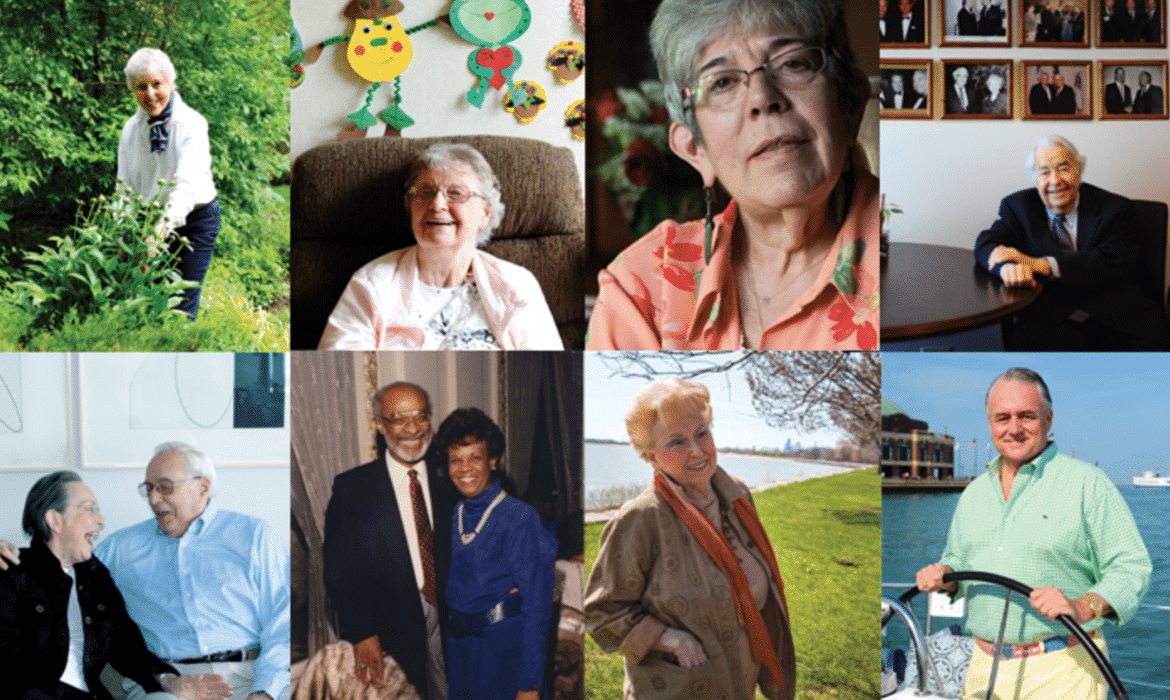
By David Himmel
Aging isn’t easy. We slow down. We hurt. But it doesn’t have to be miserable. In fact, if done right, it can be rather enjoyable. And the good thing about spending more time banging around with these bodies is that we get to learn more along the way. A look at the ups and downs of aging.
2012

By Caroll Cole
As more legendary athletes age, the toll from years of head trauma is becoming all too clear as their memories disintegrate and substance-abuse problems and dementia plague them. In February 2011, former Bears safety and Super Bowl champion Dave Duerson shot himself in the chest after struggling with chronic headaches, blurred vision, and memory loss. Before he died, he left messages to his family requesting that his brain be donated for research. Two other retired NFL players, Andre Waters and Shane Dronett, had also committed suicide. All three men had chronic traumatic encephalopathy (CTE), a neurodegenerative disease caused in part by repetitive trauma to the head.
2011
By David Himmel
Abigail lived as best as any preschooler with cancer could. She loved when the clowns visited her hospital room, trying to eat chairs. She remembers the fun at the hospital, her friends, and the special doctors and nurses. When it comes to pediatric cancer, there are many uncertainties. But clinical trials are quickly saving more and more lives and letting kids, like Abigail, live.

